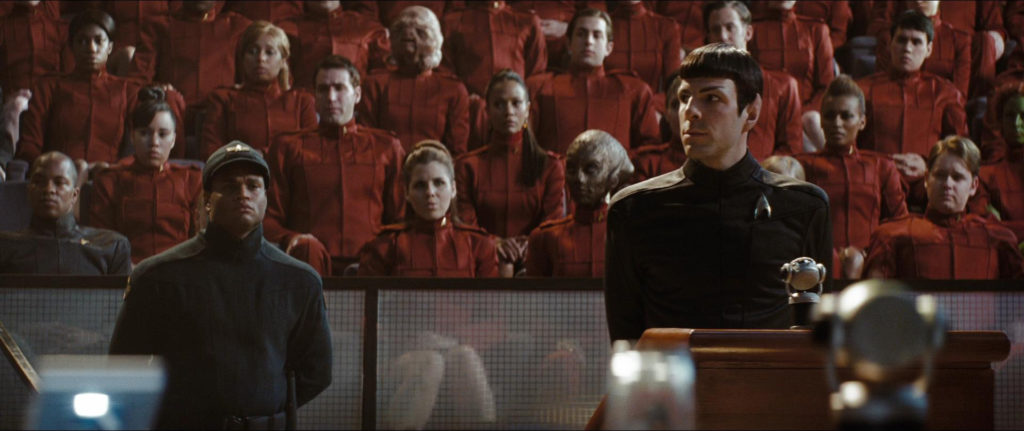
I teach two sections of a developmental English course at a public community college in New York City. When students fail their reading and writing college entrance exams, they come to me. My class differs from traditional remedial courses in a few ways. We meet every weekday, for two and a half hours, as opposed to the typical college schedule of shorter classes spread apart. If students fail their tests again after a semester with me, they have the option to stay on for a second shot at passing, which is not a feature of regular remediation at my college. While normal remedial classes cost hundreds of dollars that must be out-of-pocket, the program I teach for gives students an introductory English and math class for 75 bucks.
All of these benefits bring in a wide array of students for whom no generalizations can be made aside from this: they’re all different. Different backgrounds, different languages, different socio-economic classes, different interests, different strengths and weaknesses, different genders, different personalities, different ages, and different political views. This is what I love most about it. Difference, all in one room.
That is also what I love most about Star Trek. The Original Series and its spin-offs. At their best, these shows simultaneously demonstrate diversity on their Bridges, and hold mirrors to the failures of inclusion happening just beyond viewers’ living rooms.
It is this mirror from the future that has made so many in the present uncomfortable. The U.K. banned four Original Series episodes for their blunt depiction of ”madness, torture, sadism and disease”. The interracial kiss between Uhura and Kirk had plenty of US stations up in arms. When Jadzia Dax kissed Lenara Kahn in Deep Space Nine’s “Rejoined,” one TV station cut the scene, and the show received numerous homophobic letters.
It is these moments and their contexts on the different series, however, that I cling to.
Because Star Trek operates as both a critique of our world and a serialization of its own, I, too, wind up considering my own practices while entirely engrossed in the fictional narrative of an episode. Lessons from the characters flow effortlessly into my daily life, making me a better leader of a classroom that is as much difference personified as is the typical Star Trek bridge.
Captain Jean-Luc Picard
When I say that Star Trek characters push me to be a better presence in my classroom, I am most often thinking of Captain Picard. He’s a flawed man, but the way in which he greets new life is often nuanced and extremely helpful. In “Who Watches the Watchers,” Picard refutes the God-like status the Mintakans bestow upon him to the point where he helps the most evangelical of these people to understand the difference between magic and hard-earned advancement.
While no one in my class has ever given me such a dramatic, heavenly title as “The Alexandratos” (nor would I expect anyone to), the lesson here is one I find myself repeating often to my students. : there is no magic here. You cannot simply proclaim any one being or thing as The One Solution to Your Problems and expect results.
Instead, I talk openly with my students about my own accomplishments, and that which I have failed to achieve, and stress the importance of one-step-at-a-time work. The gift of a tapestry from the Mikantan boy at the end of “Who Watches the Watchers” is apt: it represents a beautiful result born from meticulous work that often obscures that final beauty. “You have taught us there is nothing beyond our reach,” says the boy, and that is the goal of teaching all students, but especially those at the developmental level, that the only thing separating them from their goals is the work they must do to get there.
I still have a detailed recollection of Picard’s child-like wonder at the end of “Encounter at Farpoint,” where you can see this same loving attitude toward new races and species, when he learns that Farpoint Station is, in fact, an enslaved life form being set free. Now, my students are not aliens, nor do I look at them as such. That isn’t the comparison I want to make. However, I do want to use this moment to reinforce the fact that when I encounter a student who brings to my class his, her, or their own proud and vocal uniqueness, as many of my students do, I try to greet them with the same happiness and curiosity that Picard exhibits on this and many occasions.
For example, one of my past students, an extremely intelligent young man, had a passion for dance, even going so far as to break out into dance moves on the first day of class. When he did this, it wasn’t classroom management that was first on my mind, but the need to affirm his passion, to tell him that, while it’s new to me, it’s important, it’s valuable, and I want to work with him to point that energy in the right direction. This founded a constructive relationship of mutual respect. Other students have come to me with other experiences – experiences in which they have survived war and rape, experiences that are also alien to me – and it has always been Picard’s honest interest and gentle curiosity that has helped me respond to such open wounds.
Captain Benjamin Sisko
If Picard offers lessons of compassion and acceptance, Captain Benjamin Sisko teaches me how to be the disciplinarian certain situations call for. I’m not talking about anything close to nuking a planet or killing a Romulan Senator, but for someone to whom enforcement of rules does not come naturally, Sisko’s command style reminds me that, at the end of the day, it is the teacher who must ensure a safe learning environment for 25 people, just as a captain has to ensure the survival of his crew.
Because many of my students come from failing high schools or have been out of school for some time, part of my lessons are always occupied by moments in which students learn to be students. I’m happy to give them the help they sometimes need in learning to respect speakers as they are speaking, raise hands to be called on, and persevere through tough assignments. Sometimes college students don’t come in with these skills, and it isn’t their fault.
In the episode “Rocks and Shoals,” Sisko and crew find themselves crash-landed on a barren planet. Those under his command are arguing about their next course of action, all suggesting different paths. Sisko then reminds them, “This isn’t a vote! The decision is mine,” after which he chooses the best plan and commands his crew to follow that. This illustrates several classroom techniques. First, we see Sisko recognize that this situation is abnormal. There is an emergency, and emergencies require firm leadership from the captain. Second, we see Sisko think as the others argue. As a teacher, I’d like to imagine Sisko is giving this moment the pause it demands in order for him to assess not only his options, but the needs of his crew. He doesn’t rush to a snap command. He gets there after seeing his crew try, and fail, to lead themselves.
I hope I don’t need to state that I’ve never (a) crash-landed on a planet with my students or (b) yelled at them in order to shut them down. The example above is an extreme one, and Sisko’s tone matches that. In my classroom, I’ll listen to student banter, monitoring its basis in the work we’re doing. If it strays, that’s where I assert myself and move us back toward the work. If there’s more resistance, that’s where I try to evoke their trust in me, by verbalizing what we all know about Sisko: in chaotic situations, there is one person whose experience can bring clarity, and that person needs to be allowed to do her/his/their job.
The immediate aftermath of this might not be the pleasant, Picardian delight in discovery, but it does pave the way for that to happen. A balance is needed: Sisko’s fixed leadership position and Picard’s openness to the wonderfully surprising nature of discovery.
Doctor Julian Bashir
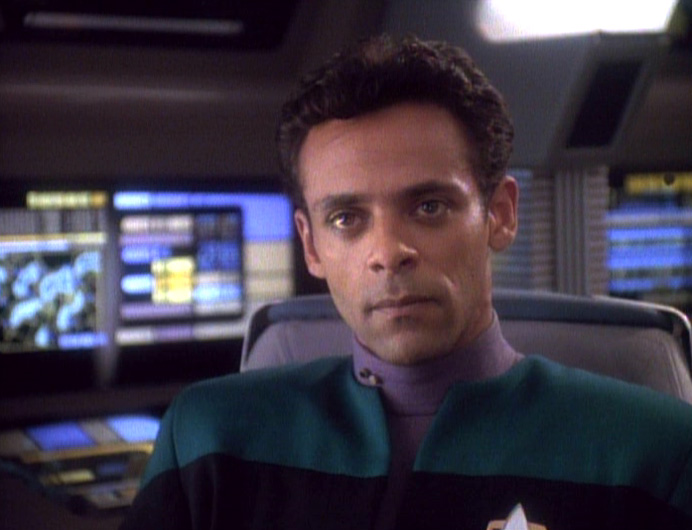
Thus far, you may have noticed the disclaimers that have come with my character lessons. “I don’t think of my students as aliens…” “I don’t view my class as a crashed ship…” It’s important for me to state these, as Star Trek is very good at taking real-world, relatable problems and exaggerating those so that the presence of extraterrestrial beings and futuristic technology seems right at home. In that exaggeration, we can view ourselves from a safe distance, and, therefore, be more open to learning.
Deep Space Nine’s “Statistical Probabilities” works the same way. Doctor Bashir gets a new set of patients, except these patients have endured genetic modifications that have negatively impacted their social abilities, a strong contrast to Bashir’s genetic enhancements that have given him superhuman intelligence. These patients embody hostility, sexuality, immaturity, and unresponsiveness on a level that I would never encounter in my classroom. However, that does not mean there isn’t anything to learn from Doctor Bashir’s interactions with them.
This episode is all about slowly uncovering the capabilities of those who have been written off by society. I often ask my students how often, in the past, they’ve been told to be quiet, that their opinion doesn’t matter, that they don’t know anything. Almost all of them tell me this happens all the time. I make clear to them that this isn’t an attitude that’s allowed in this classroom. Here, they’re adults, and their analyses matter. It’s because of this that we work so hard to master the art of argumentation and critical thinking, because, with those tools, they’ll be able to verbalize the genius perspective their lives have given them.
That takes doing exactly what Doctor Bashir did: setting aside time to simply observe, ask questions, and present the group with difficult material. During my first week of class, I give my students some pretty tough Aristotle. These students, the ones who have been silenced for so much of their lives, always end up unearthing levels to this Ancient Greek text that I haven’t seen anywhere else.
Captain Kathryn Janeway
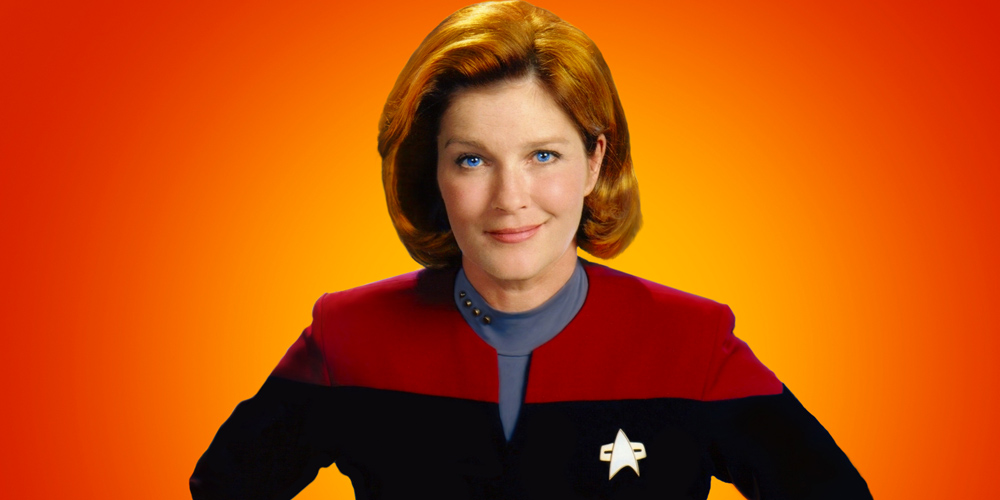
Both Janeway and the actress behind her are nothing short of inspirational. One semester, I even taught a piece of Kate Mulgrew’s memoir Born With Teeth. But perhaps most useful to me as a teacher is Janeway’s ability to overcome extreme loss at the end of “Caretaker.” That episode depicts a place in which I find myself all the time: a quadrant where nothing is familiar. Janeway’s processing of that is fantastic to watch.
A couple of years ago this really hit home my class was discussing biography and autobiography and one student mentioned he had read a biography of Bill Cosby. Cosby’s rapes had been prominent news items around the time, and so others started to let loose their opinions about the allegations. Knowing that I had a responsibility to keep my classroom a safe space for all, I tried to dial back this discussion and get us to focus on the original topic.
But that wasn’t where we were heading. In the midst of several students stating disbelief about the alleged rapes, a woman stood up and told us about her own rape. She did this without hesitation, openly, in class. I’ll never forget the power her words had over everyone, myself included. I was in unfamiliar territory. I was in the Delta Quadrant. Accepting where we were now, I supported this student as best I could, and a conversation ensued about how many women aren’t believed when they say they’re raped, and how terrible that is.
We all discovered something that day, and we discovered it by getting lost. I admire the student who courageously spoke up about her rape, though of course I wish it never happened to her. Still, she turned her own loss, and the class’ being lost, into the most powerful lesson we could have.
The overall tone Janeway sets on her ship, one of accepting new constraints and working within them has been absolutely instructive to me as I teach the students I do.
Blogs Like This One
To conclude, my final Trek teaching frontier is blogs like this, which teach me how to be a better fan. They make me question why three out of the four people I listed above were men. They make me want to learn Star Trek better, so that I can carry even more over into my daily practices. I think its no coincidence that both of my department heads at work, both people I admire very much, are Trekkies, and are as eager to sail into the unknown as I am. It’s fandom that propels this voyage and makes us all better at what we do. The question of “Who teaches the teachers?” is always relevant, and, with Trek, we’re in good hands.
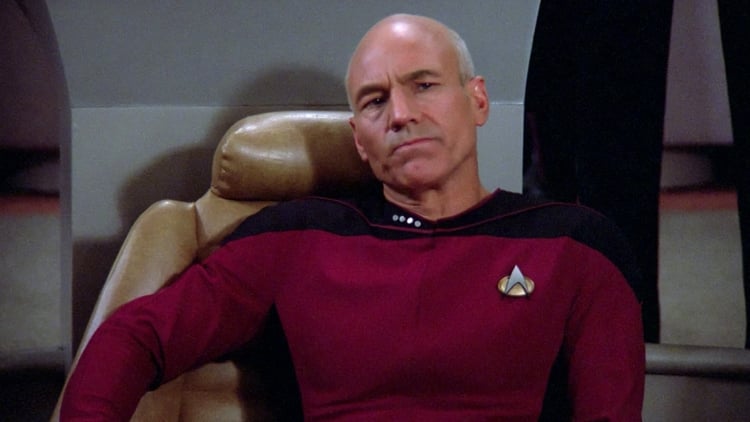
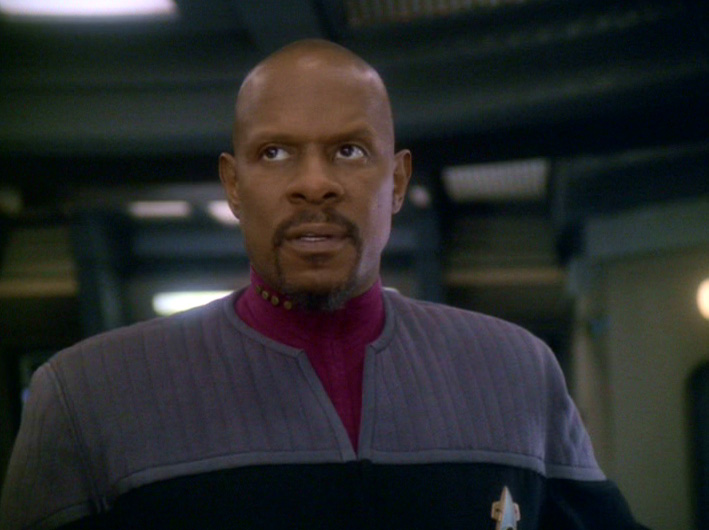
Thank you for these teacherly reflections via Star Trek. I teach a class called Political Theory in Star Trek and find that all the series (as opposed to the films) offer great material. The life lessons that Alexandratos finds are also expressed as questions of political philosophy: authority, rights, change, justice, and freedom are all concepts explored in Star Trek.